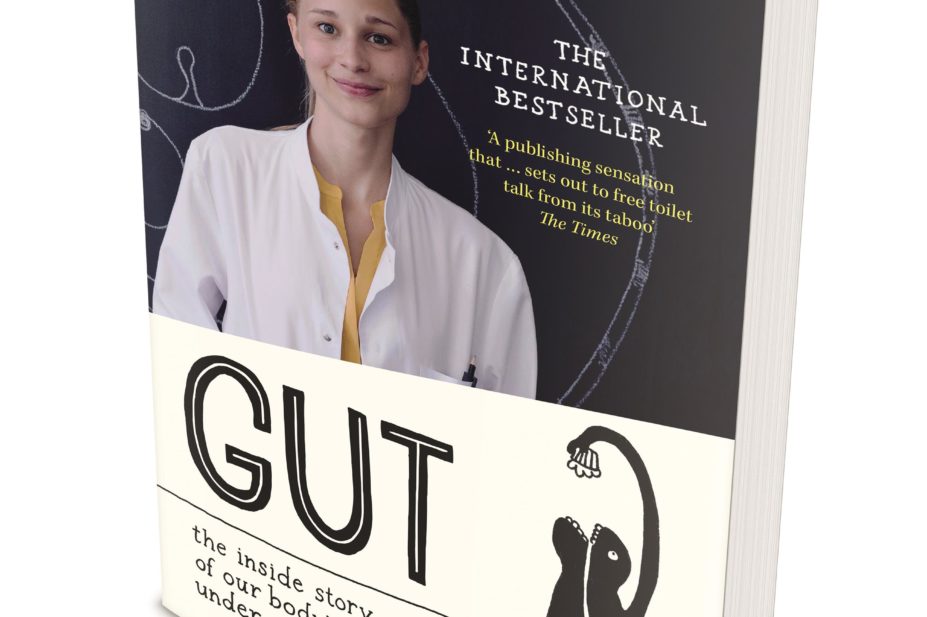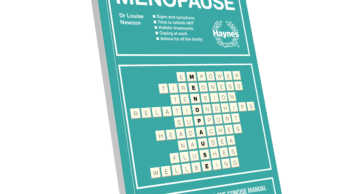
For pharmacists, the gut, or gastrointestinal (GI) tract to give it the name used in anatomy and physiology lectures, is the organ where food is digested and absorbed and oral medicine is absorbed into the bloodstream. Drugs that act in the GI tract are the subject of the first chapter of the British National Formulary and GI ailments from indigestion to constipation commonly present in the pharmacy. So pharmacists could justifiably think they know a lot about the gut.
However, this book by German microbiologist Giulia Enders suggests that our traditionally received gastrointestinal wisdom is rather utilitarian. This book describes in huge detail, but lively style, the anatomy and function of the gut from the mouth to the anus. Some readers may find the author’s approach too light to take seriously, but I found it compelling bed-time reading from start to finish while learning a great deal on the way. I also re-acquainted myself with things I had long forgotten about, like the anus containing two sphincters, the outer one which we can control and the inner one that we know less about.
This book is intended for a general readership but could be enjoyed by anyone wanting a readable account of the gut. Given the book has become a bestseller, health professionals and perhaps even gastroenterologists could benefit from studying a book that patients may already have read. Although the book is not a self-help book, Enders relates gut physiology to practical information such as sitting rather than crouching when defaecating unnecessarily prolongs the process and may help to explain why conditions such as haemorrhoids and diverticulitis are more common in Europe than in Asia. Her advice is simple: put a stool in front of the toilet and the pile of books in the bathroom would become redundant. There is also a good explanation of how laxatives work, including advice about when to see a doctor, although I struggled a little with the idea of comparing the mechanism of osmotic laxatives with that of soaking wilting lettuce in water as the water flows to cells containing a higher concentration of salts than the pure water in the bowl. Still, Enders does a pretty good job overall of making the complex understandable without being too simplistic.
Almost half of the book is devoted to the microbial population of the gut, which is of increasing research interest. There is even a scientific journal entitled Gut Microbes, which began publishing in 2010.
Few weeks go by without a presentation somewhere in the world on the emerging research on the role of the GI microbial population, not only in GI disease but also in obesity, anxiety and depression, and the potential value of altering the gut flora by taking prebiotics and probiotics. If Enders publishes a second edition of ‘Gut’, I would expect this section to expand enormously because the research and its applications is expanding exponentially.
‘Gut’ was well researched and an appendix lists the scientific papers mentioned in the book, but it would have been more useful if these appeared as numbered footnotes to help the reader see exactly which studies were being referred to. Also, the book would benefit from having an index.
Pamela Mason is a pharmacist with a specialist interest in nutrition and food supplements, including probiotics.
References
‘Gut’, by Giulia Enders. Pp 262 £14.99. London: Scribe; 2015. ISBN 978 1 922247 96 4


